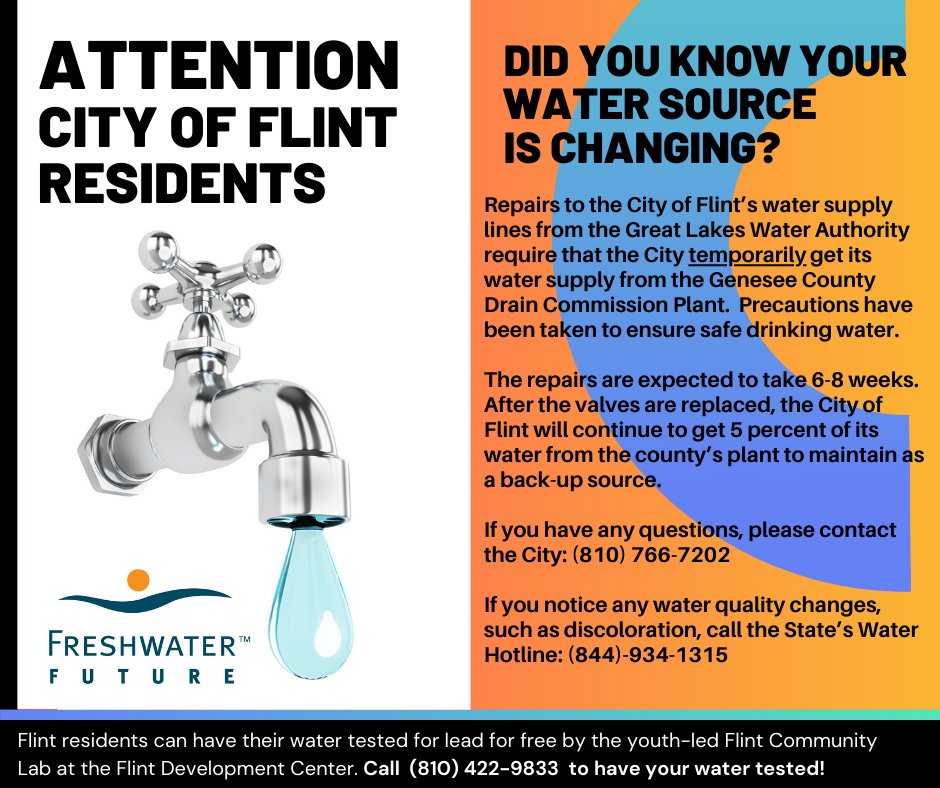EPA outlines strategy for $43 billion in water infrastructure funding through the Bipartisan Infrastructure Law
EPA Releases New Memo Outlining Strategy to Equitably Deliver Clean Water Through President Biden’s Bipartisan Infrastructure Law
WASHINGTON (March 8, 2022) EPA Press Office (press@epa.gov)
– Today the U.S. Environmental Protection Agency (EPA) issued a memorandum to guide collaborative implementation with state, local, and Tribal partners of $43 billion in water infrastructure funding through the Bipartisan Infrastructure Law. President Biden, with bipartisan support from Congress, is providing the single largest investment in water the federal government has ever made. EPA’s memo is a key implementation step that outlines requirements and recommendations for the Drinking Water and Clean Water State Revolving Funds (SRFs) to ensure the country is working together to deliver clean and safe water and replace lead pipes for all Americans, especially disadvantaged communities.
“The Bipartisan Infrastructure Law’s investment in clean water is nothing short of transformational,” said EPA Assistant Administrator for Water Radhika Fox. “EPA and its state, local, and Tribal partners have an obligation to work together and maximize the impact of these funds in communities, especially disadvantaged communities. Water is essential, and this action will help ensure that every American can rely on safe drinking water and have access to wastewater management that protects health and the environment.”
“Today’s action by the EPA is a great example of how the bipartisan Infrastructure Investment and Jobs Act will make a real difference in people’s lives by investing federal funds to create good-paying jobs and protect safe drinking water for our children and working families,” said Michigan Governor Gretchen Whitmer. “Recently, I signed an executive directive readying Michigan to use the incoming resources as effectively as possible, and I am proud to see that our federal partners are also prioritizing investments in underserved communities. I look forward to working with the EPA, the Michigan legislature, and anyone who wants to partner with us to replace lead service lines statewide and ensure every parent can give their kid a glass of water with confidence knowing that it is safe.”
Statement of Support – Jill Ryan, Executive Director, Freshwater Future
Petoskey, Michigan – “Freshwater Future is very supportive of the approach the U.S. EPA is taking to implement infrastructure funding from Congress by prioritizing that 49% of funds must go to disadvantaged communities, ensuring funds are available for technical assistance and addressing emerging contaminants, these will be effective steps to protect human health and address water concerns. We have seen the difficulties that city and rural communities across the Great Lakes region have faced to address water safety and contamination, and we believe these State Revolving Fund loans and grants are essential for updating water infrastructure and protecting public health in traditionally disadvantaged communities.”
Full text of the EPA news release can be found here.
###
Blog – Freshwater Future
https://freshwaterfuture.org/call-to-action/epa-outlines-its-strategy-for-43-billion-in-water-infrastructure-funding-through-the-bipartisan-infrastructure-law/














